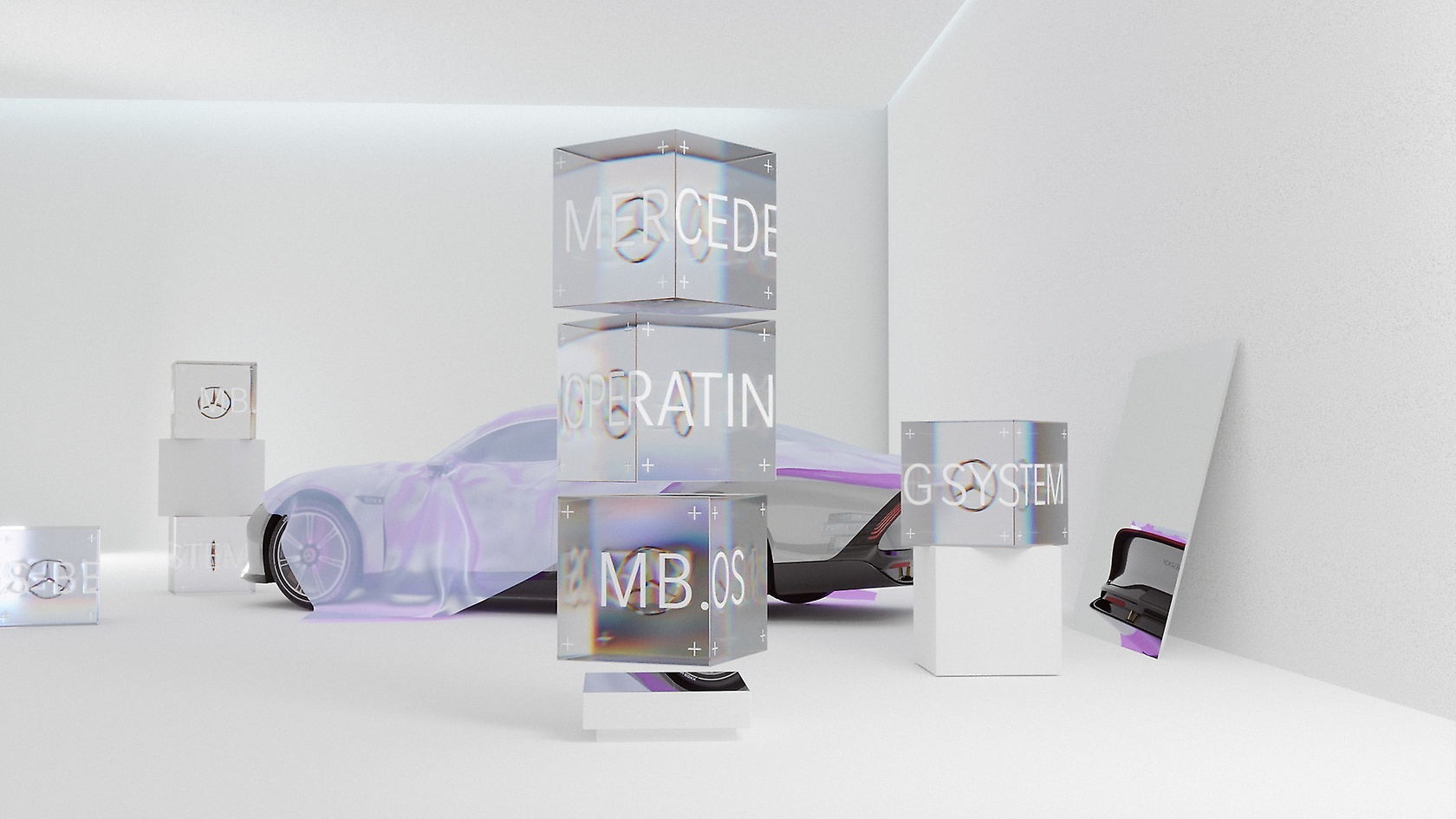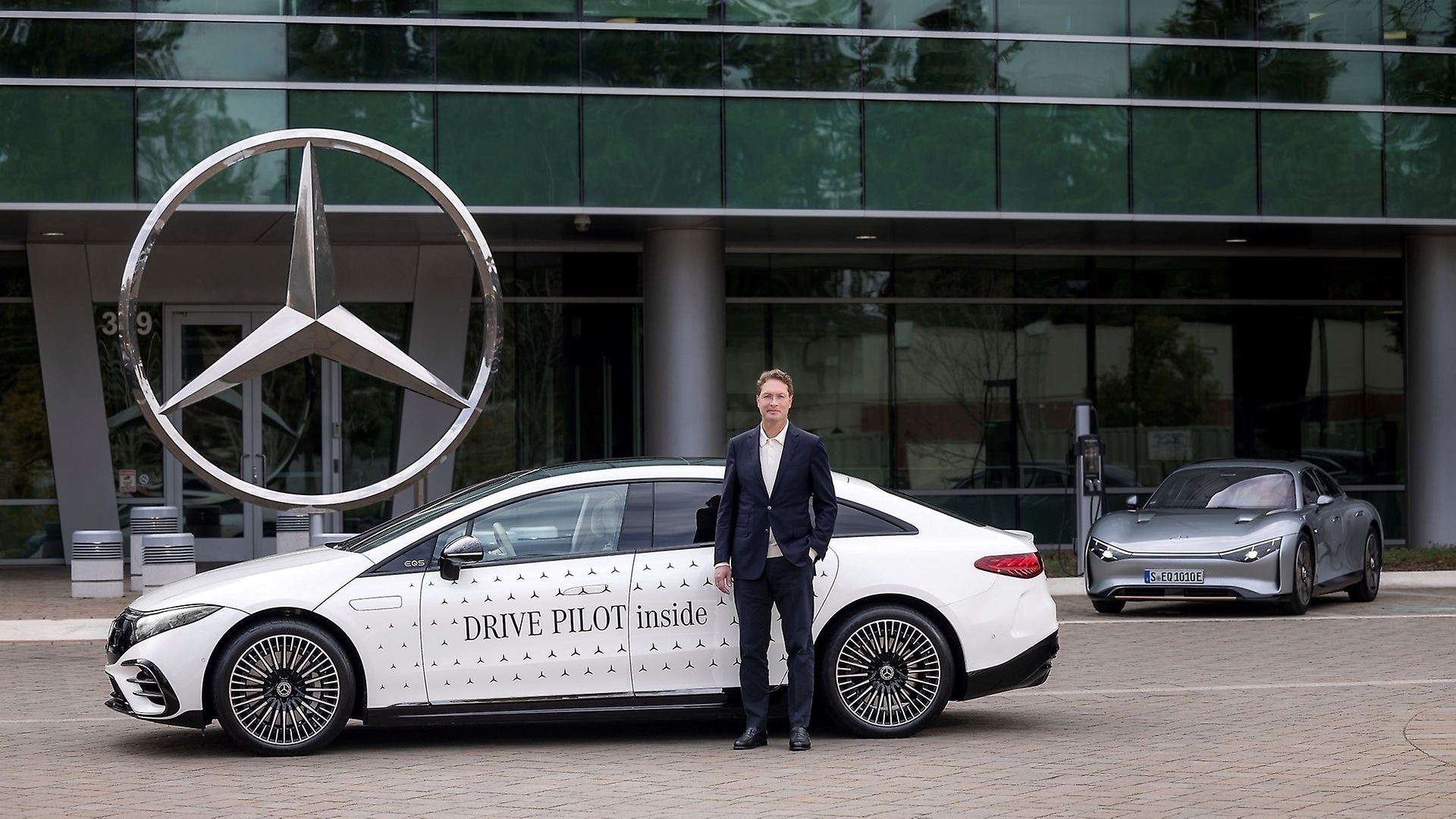To simplify the customer experience, personalized services and upgrades will translate into three convenient bundles: MB.CONNECT, MB.CHARGE, MB.DRIVE². Vehicle functions such as Navigation, Remote, Guard 360, Entertainment and Communication, as well as many others, will be united in the MB.CONNECT bundle – and kept up to date via over-the-air updates. With MB.CHARGE, electric vehicle customers will have access to flexible and attractive tariffs depending on how much they drive. MB.CHARGE provides maximum transparency thanks to fixed-price charging rates as well as priority access to the Mercedes-Benz high-power charging network.
With MB.DRIVE, customers will have the chance to expand the level of advanced driver assistance systems in their cars. All new models will have the necessary sensing technology on board to enable Level 2 assisted driving. Selected models can be ordered with enhanced assisted driving or Level 3 conditionally automated driving with a fixed-term contract. From 2025 onwards, certain functionalities can be upgraded over the vehicle lifecycle through the Mercedes me Store. To explore new functions and make purchases, customers can access the Mercedes me Store via app, the web or from inside the car.
,xPosition=0,yPosition=0.5)

,xPosition=0.5,yPosition=0)